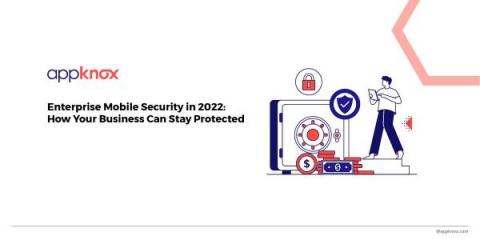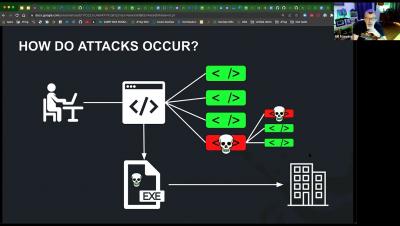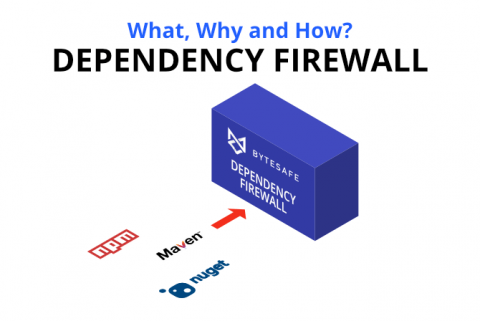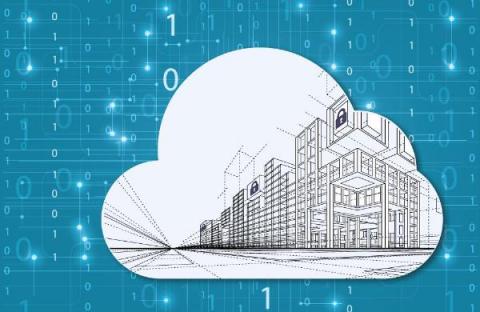What Are Web Cookies? The Privacy and Security Risks of Internet Cookies
This article has nothing to do with chocolate chips or sprinkles. Sorry about that. Instead, we're talking about computer cookies and how too many web cookies can be bad for your online health. While cookies are enormously helpful and necessary for an easy-going web experience, they are not all good, and many pose some genuine privacy concerns. But what is a cookie, how does one work, and how do they (sometimes) infringe on your digital rights?











